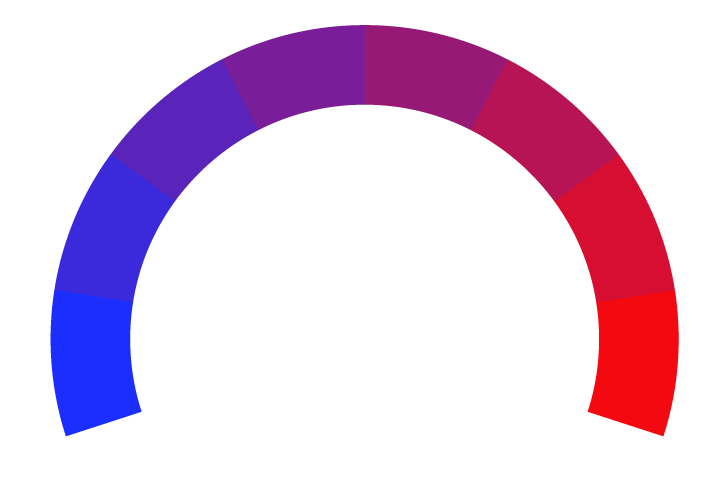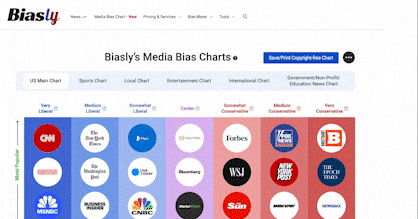 Yahoo News Article Rating
Yahoo News Article RatingThe lithium-ion battery market size is expected to grow from USD 44.5 billion in 2022 to USD 135.1 billion by 2031; it is expected to grow at a CAGR of 13.1% from 2022 to 2031
- Bias Rating
- Reliability
N/AN/A
- Policy Leaning
-58% Medium Left
- Politician Portrayal
-11% Negative
Continue For Free
Create your free account to see the in-depth bias analytics and more.
By creating an account, you agree to our Terms and Privacy Policy, and subscribe to email updates.
Bias Score Analysis
The A.I. bias rating includes policy and politician portrayal leanings based on the author’s tone found in the article using machine learning. Bias scores are on a scale of -100% to 100% with higher negative scores being more liberal and higher positive scores being more conservative, and 0% being neutral.
Sentiments
N/A
- Liberal
- Conservative
| Sentence | Sentiment | Bias |
|---|---|---|
Unlock this feature by upgrading to the Pro plan. | ||
Reliability Score Analysis
Policy Leaning Analysis
Politician Portrayal Analysis
Bias Meter
Extremely
Liberal
Very
Liberal
Moderately
Liberal
Somewhat Liberal
Center
Somewhat Conservative
Moderately
Conservative
Very
Conservative
Extremely
Conservative
-100%
Liberal
100%
Conservative

Contributing sentiments towards policy:
62% : The countries in Asia Pacific are moving toward green energy and therefore are focusing on developing an ecosystem to manufacture lithium-ion batteries in respective countries.59% : The key factors driving the growth of the lithium-ion battery market are surging demand for lithium-ion batteries from plug-in vehicles and renewable energy sector and advancements observed in smart electronic devices which deploy lithium-ion batteries; and thus provides various advantages to the industries.
57% : The power industry holds the largest CAGR of lithium-ion battery market from 2022 - 2031.Power is one of the key necessities and is crucial for the economic growth and welfare of a nation.
49% : Lithium-ion battery energy storage systems enable grid operators to save electricity when there is a surplus of renewable energy.
42% : The conventional sources of power are coal, natural gas, crude oil, etc., and non-conventional are wind, solar, etc.
*Our bias meter rating uses data science including sentiment analysis, machine learning and our proprietary algorithm for determining biases in news articles. Bias scores are on a scale of -100% to 100% with higher negative scores being more liberal and higher positive scores being more conservative, and 0% being neutral. The rating is an independent analysis and is not affiliated nor sponsored by the news source or any other organization.






















